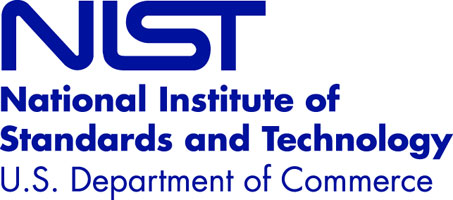
Have you ever wondered why pound is exactly 16 ounces? Or why an inch is as long as it is? Before we had a standard metric for measurement, we used rough approximations. If you’ve heard heard people talk about horses, it makes more sense. A horse is measured in “hands”, so if a horse is 13 “hands” tall, then it’s the approximate length from the base of your hand to the end of your finger. While these metrics served for quite some time, it can quite easily cause some confusion. Not everyone has the same sized hands, fingers or feet. This is why the National Institute of Standards and Technology exists.
The National Institute of Standards and Technology was founded in 1901 and is the oldest physical science lab in the United States. The NIST plays a huge role in the U.S Department of Commerce, and was originally created to help standardize the metrics and measurements, a handicap which limited the States ability to compete commercially with the rest of the world. As it stands now, the NIST helps to govern the standards for all weights and measures, creating a uniform and globally accepted definition of what measurements (both weight and length) are. Not only did this play a huge roll in industrial and manufacturing development, but scientific advancement as well.
Imagine going to the grocery store to buy meat or produce. If you’re going by the recipe, then it calls for a certain amount, as otherwise, you need a certain amount to feed your family properly. If weight wasn’t standardized then one of two things could happen. Either you could end up paying more for the meat or produce (which is already expensive to begin with) or the recipe doesn’t work because you don’t have the right amount. This is just one example of why the NIST is so important as far as setting a standard for measurements. Could you imagine what would happen if length wasn’t standard? In some cases, being off by even a 16th of an inch can cause instability and weakness in various structures. When you get down to even smaller units, such as the technology used in health care (think of the technology used to put a stint in a heart), these measurements aren’t just crucial, they can be life threatening if they’re off. This is why the National Institute for Standards not only exists, but is vital to our modern day world.